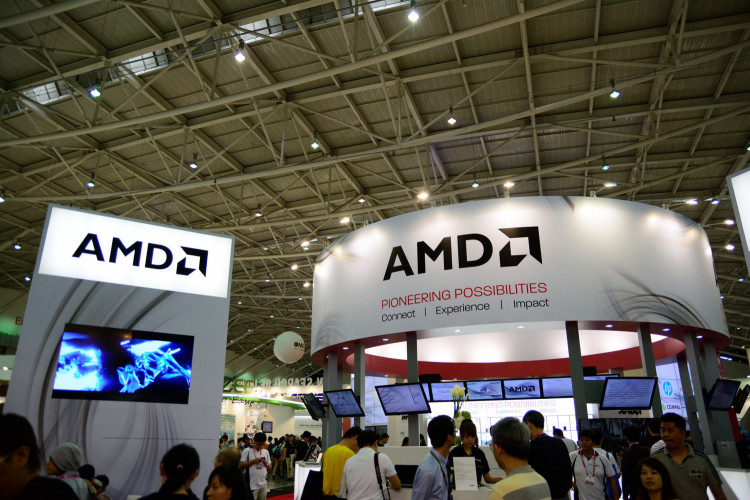AMD's stock experienced a sharp decline, falling nearly 7% during trading on March 19. This drop has drawn considerable attention to the company, leading many to wonder about the underlying causes of this downward trend.
Analysts have pinpointed two primary reasons that could be contributing to AMD's lackluster performance in the stock market. Firstly, it has been noted that insiders at AMD have sold off approximately $16 million worth of company shares over the past year without making any new purchases. This significant sell-off has raised concerns about whether AMD's executives are losing confidence in the company's future prospects.
Secondly, AMD is potentially facing two major risks in the coming years: the cooling off of the AI infrastructure boom and a stagnation in personal computer (PC) sales. These challenges could pose significant threats to AMD's growth and market position.
Insider Sales Raise Eyebrows
The recent performance of AMD's stock could be linked to concerns arising from the company's management selling off their shares. Public records reveal that in the past three months alone, AMD insiders have sold shares worth approximately $7 million, with no recorded purchases during the same period.
In the last 12 months, insiders have offloaded nearly $16 million worth of AMD shares without buying any, indicating a trend of sales without corresponding purchases. Among these sellers, Forrest Norrod, a notable insider at AMD, sold 10% of his holdings, amounting to $5.3 million in AMD stock, at a price of $176 per share, which is below the current stock price of $191.
Analysts suggest that such a widespread sell-off by insiders in a short period might indicate their belief that the stock is currently overvalued or their pessimistic outlook on the company's future. However, this action should be cautiously interpreted, as there could be various reasons for selling shares, such as personal financial planning or exercising stock options, which do not necessarily reflect a negative view of the company's prospects.
Examining the percentage of shares held by insiders can provide insights into whether the interests of the company's top management align with those of the shareholders. Data indicates that AMD's senior executives and directors collectively hold about 0.5% of the company's shares, valued at approximately $1.7 billion, suggesting a significant alignment of interests between management and shareholders.
Future Risks and Opportunities
Analysts believe that AMD faces two primary risks in the near future: the potential decline in the AI infrastructure boom and a plateau in PC sales. The short-term benefits of primary AI applications, such as those used in hospitals, call centers, and sales departments, may not sustain the current level of investment in AI infrastructure.
Additionally, the realization of "general artificial intelligence" (AGI), which Sam Altman of OpenAI suggests could revolutionize the consumer market, faces significant technical and ethical hurdles, potentially delaying its commercial application.
For AMD, slower-than-expected progress in AI technology or a decrease in demand for AI infrastructure could negatively impact the company's stock price. Moreover, a lackluster growth in the PC market, a crucial segment for AMD, could also adversely affect the company's performance.
Despite these challenges, AMD remains a key player in both the AI and PC markets, but its future development is fraught with uncertainties.
AMD and Sony Collaborate on Automotive LiDAR Systems
In a positive development, AMD announced on March 19 that its advanced adaptive computing technology has been selected by Sony for its latest automotive LiDAR reference design. This collaboration aims to provide a powerful and efficient LiDAR solution for autonomous vehicles, enhancing their safety features.
AMD's adaptive computing technology will support efficient data processing and real-time analysis in LiDAR systems, significantly improving the performance of Sony's LiDAR system. This technology is crucial for autonomous vehicles, enabling real-time detection and analysis of objects in the surrounding environment to ensure safe navigation.
The partnership between AMD and Sony marks a significant step forward in the development of safety technologies for autonomous driving, laying the foundation for more advanced autonomous driving capabilities.






